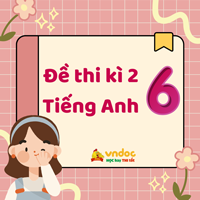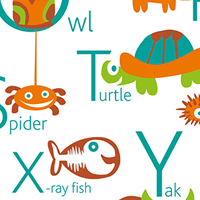Đề cương ôn thi học kì 2 lớp 9 môn tiếng Anh năm học 2017-2018



Ôn thi học kì 2 môn tiếng Anh lớp 9
VnDoc.com xin gửi đến thầy cô và các bạn học sinh Đề cương ôn thi học kì 2 lớp 9 môn tiếng Anh năm học 2017-2018 được sưu tầm và đăng tải dưới đây là nguồn tài liệu hữu ích giúp thầy cô và các bạn học sinh chuẩn bị tốt nhất cho kì thi học kì 2 tới đây.
30 đề thi học kỳ 2 môn Tiếng Anh lớp 9 có đáp án
Đề ôn thi học kì 2 lớp 9 môn tiếng Anh năm học 2018-2019
Đề thi học kì 2 môn Tiếng Anh lớp 9 năm 2015 trường THCS Nguyễn Du, Lâm Đồng
Đề thi học kỳ 2 môn Tiếng Anh lớp 9 Thí điểm Phòng GD-ĐT Thái Thụy, Thái Bình năm học 2015 - 2016
Đề thi học kỳ 2 môn Tiếng Anh lớp 9 Phòng GD-ĐT Tam Đảo, Vĩnh Phúc năm học 2015 - 2016
Trên đây, VnDoc.com đã giới thiệu đến các bạn Đề cương học kì 2 lớp 9 môn tiếng Anh. Ngoài ra trên trang, chúng tôi còn đăng tải học liệu các môn học khác như môn Toán, Văn, Vật lý, Hóa học, Lịch sử...qua các đề thi học kì 2 giúp các bạn ôn tập để có một kì thi học kì 2 diễn ra thành công nhất. Chúc các bạn thi tốt!








